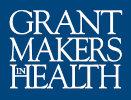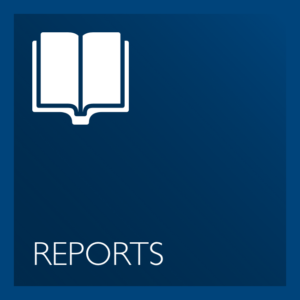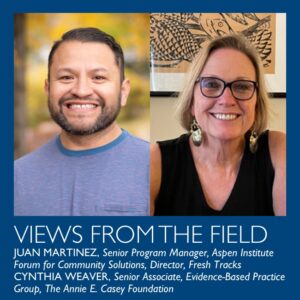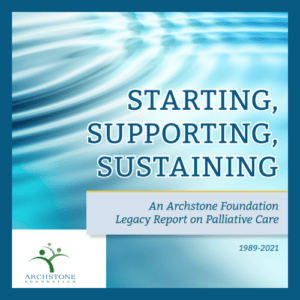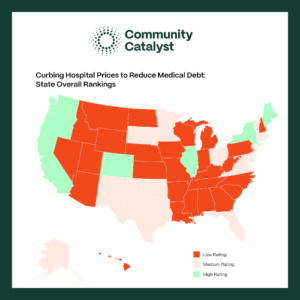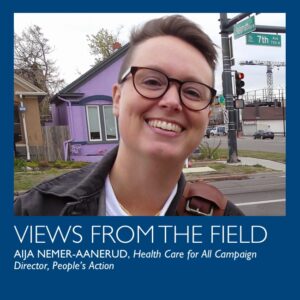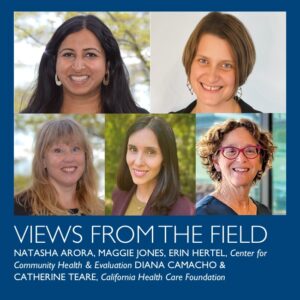Explore Access and Quality Topics
Latest Resources
Roles for Philanthropy as Medicaid Changes Take Effect
For those of us who have worked toward health equity, who have spent the past few years building toward incremental gains and pushing for larger change, the events of this year can feel like one big backslide. At times, it’s overwhelming. Yet this is not the time to get bogged down by the size of the challenge or by analysis paralysis. From where I sit, I see five roles that philanthropy can play in the rollout of changes to Medicaid.
Protecting Children’s Access to Health Care in Schools: The Impact of Medicaid Cuts on School Health Services
“Due to the remote area we serve, our students have little to no access to medical services otherthan those provided in schools.”—Superintendent from a rural school district in Michigan. Schools are essential places for children to access health services. An estimated 40 percent ofschool-aged children have at least one chronic health condition (National Survey of Children’sHealth, 2019). Among low-income children with special health careneeds, approximately 87percent do not receive necessary care, primarily due to financial costs and limited access (Childand Adolescent Health Measurement Initiative, 2022). Providing health care at school, where children spend most of their days, is crucial to addressing these concerns.
Kate B. Reynolds Charitable Trust: October 2025
Three new fact sheets inform funders about how recent federal budget cuts will impact health care access, food assistance, and the health of immigrant families. The fact sheets detail what is being cut, when the cuts will take effect, and what to do next.
Responding to a Rural Hospital Closure: The Importance of a Phased, Multi-Pronged Approach
It has been over a year since the August 31, 2024, closure of a beloved community hospital in Ayer, Massachusetts following the bankruptcy of the private equity-backed Steward Health Care system. The impacts of the Nashoba Valley Medical Center closure continue to reverberate across this rural working-class region, adding to a growing sense of abandonment and frustration that has accumulated over waves of health care service cuts.
To Improve Youth Mental Health, Funders Must Center Youth Voices
As youth mental health challenges continue to grow nationwide, a new initiative in Greater Cincinnati believes transformational change begins when youth are empowered to lead.
Publications and Reports
Considering Quality: Engaging Consumers to Make Better Health Decisions
Given information and opportunity, consumers can play an important role in improving health care quality and the responsiveness of the health system to their needs. Whether they are making decisions about choosing a health plan, a particular provider, a course of treatment, or how to incorporate healthy choices into their daily lives, empowered and engaged consumers can be a potent force for change.
For the Benefit of All: Ensuring Immigrant Health and Well-Being
Immigrants and their families contribute to the diversity and economy of the nation, contributing to vibrant, productive, and healthy communities. Yet, immigrants face several barriers to health and well-being. Some result from being disproportionately low income and uninsured; others are unique, such as cultural and linguistic barriers; limited eligibility for public benefits; and bearing the brunt of unwelcoming public views, attitudes, and policies.
Medicaid: Vital to Women’s Health
Although Medicaid is not usually perceived as a women’s health program, it covers critically important medical care for 12 million American women. Grantmakers with a focus on women’s health are paying close attention to proposals to restructure the Medicaid program, which could have major implications for low-income women’s access to health care services.
